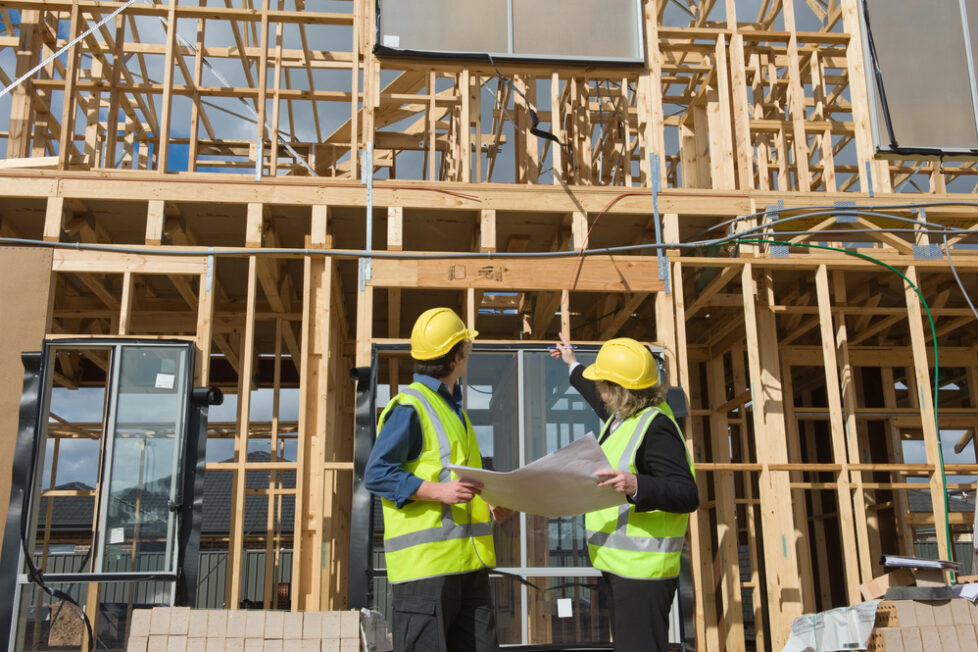Top Building Safety Regulations Every Business Owner Should Know

LINKS TO CONTENT
ToggleAs a business owner, ensuring the safety of your building is paramount. Complying with building safety regulations like The Building Safety Act 2022 is not just a legal obligation, but it also safeguards your employees, clients, and visitors.
Staying informed about the latest building safety regulations is essential for maintaining compliance and ensuring the safety of your building’s occupants. Regularly reviewing updates to building standards and codes from reliable sources is a proactive approach to staying compliant.
This blog post highlights the top building safety regulations every business owner should be aware of. Take a look…
One of the most crucial aspects of building safety is fire risk assessment. As a business owner, you are required to conduct regular fire risk assessments to identify potential hazards and implement appropriate measures to mitigate them. This process involves evaluating the building’s structure, ensuring that fire alarms and sprinkler systems are functional, and maintaining clear emergency exits.
In addition to risk assessments, providing fire safety training to your employees is essential. This training should cover the correct use of fire extinguishers, evacuation procedures, and the importance of keeping fire exits unobstructed. Regular drills can further ensure that everyone prepares for an emergency.
Maintaining the structural integrity of your building is vital for the safety of its occupants. This involves conducting regular inspections to identify any signs of wear and tear or damage that could compromise the building’s stability. A qualified professional should scrutinize elements such as beams, columns, and load-bearing walls.
Adhering to building codes is a non-negotiable aspect of ensuring structural safety. These codes provide guidelines on construction standards, materials, and techniques that must be used.
Failure to comply with these regulations can result in severe penalties and endanger everyone in the building. It’s advisable to stay updated with the latest building standards and codes from reliable sources.
Ensuring electrical safety in your building is another critical regulation to consider. Regular electrical inspections should be carried out by a certified electrician to detect any potential issues such as faulty wiring, overloaded circuits, or malfunctioning equipment. Addressing these issues promptly can prevent electrical fires and other hazards.
All electrical panels and circuits should be clearly labelled to facilitate quick identification during maintenance or in case of an emergency. Moreover, appropriate signage indicating high-voltage areas or restricted access zones should be prominently displayed to warn employees and visitors of potential risks.
Complying with health and safety regulations involves providing comprehensive training to your employees. This training should cover the correct use of personal protective equipment (PPE), safe handling of hazardous substances, and adherence to safety protocols. Regular refresher courses can help maintain a high level of awareness and compliance.
Having an effective emergency preparedness plan is crucial for ensuring the safety of everyone in the building. This plan should include procedures for evacuations, medical emergencies, and natural disasters. Clearly marked escape routes and readily accessible first aid kits are essential components of this plan.
Under current regulations, buildings must be designed to accommodate individuals with disabilities. This includes installing ramps, lifts, and accessible toilets, as well as ensuring that doorways and corridors are wide enough to accommodate wheelchairs. Compliance with accessibility standards not only fulfils legal requirements but also promotes inclusivity.
Conducting regular audits to ensure that your building remains accessible is vital. These audits can help identify any barriers or obstacles that may have been overlooked during initial construction. Addressing these issues promptly ensures that your building remains accessible to all individuals, regardless of their physical abilities.
Adhering to building safety regulations is a fundamental responsibility for every business owner. By staying informed and proactive, you can ensure the safety and well-being of your employees, clients, and visitors.
Regular inspections, comprehensive training, and compliance with current standards are essential components of a robust building safety strategy. Remember, a safe building is not just a regulatory requirement, but a cornerstone of a successful and responsible business.
Please be advised this article is for informational purposes only and should not be used as a substitute for advice from a trained legal or health and safety professional. Please seek the advice of a legal or health and safety professional if you’re seeking advice about building safety.
